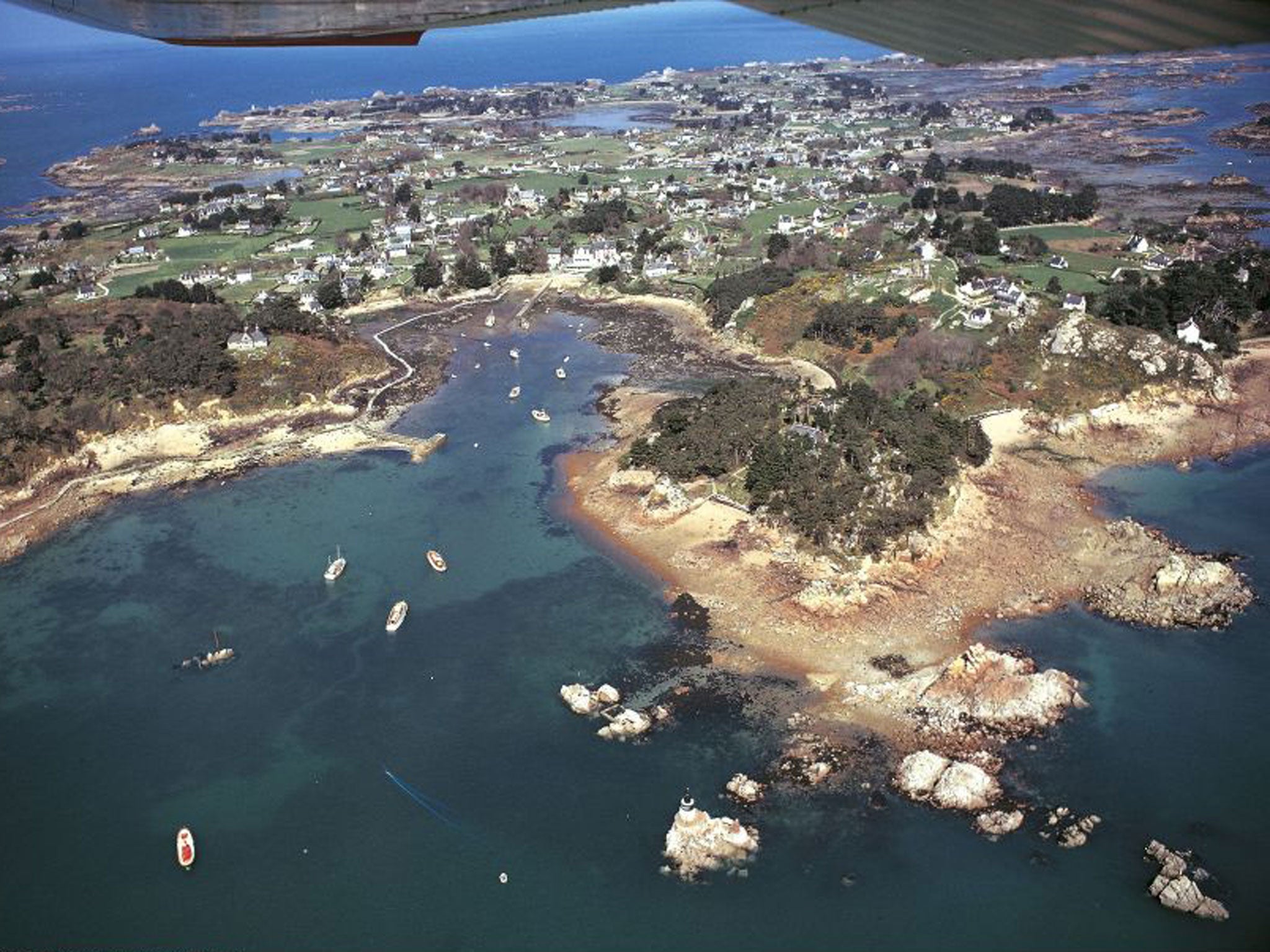Postcard from... Ile de Bréhat

It’s a wind-whipped ferry crossing to the Ile de Bréhat off the northern Breton coast and the captain warns the passengers to allow extra time for their journey back to the mainland.
But it’s not because of the wind. Because of the August spring tides last weekend, which pushed the ebbing waters far beyond their usual boundaries, the boat would be departing at low tide from the jetty located almost a kilometre away from the island’s quay. It meant a long trudge or a tractor ride on the car-free island.
The spring tides bring out a joyous army of amateur fishermen along the Breton coast. Entire families can be seen on the horizon at low tide, bucket and rake in hand, searching for the shellfish and molluscs concealed in rockpools and sands.
But the rules are strict: the collection of oysters, scallops, sea urchins and abalone was banned. People could pick as many mussels as they could find, as long as they were over 4cm. Lobster catching was also allowed, on condition that the 8.7 cm body length was respected. Other delicacies were crabs, whelks, clams and cockles.
The spring tides, influenced by the full moon, can mean a difference of 12 metres in the water levels between high and low tide. In Brittany, the locals are all familiar with tidal coefficients, or the range between the low and high waters. Anything over 95 is considered a spring tide, and last week, the highest coefficient was 109.
Once you have returned with your treasures, all that remains is to cook them. And to wait for the next spring tide, which is forecast from the middle of next month.
Join our commenting forum
Join thought-provoking conversations, follow other Independent readers and see their replies
Comments
Bookmark popover
Removed from bookmarks